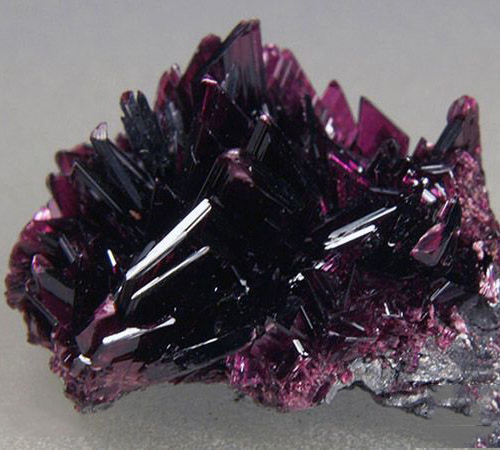

3D printing, processing of metallic products or during manufacture of metals and alloys (IARC, 1990, 2006 Mellin et al., 2016). Exposure can also take place during various occupational activities, such as handling and disposal of metallic powder during e.g. combustion and road traffic ( Seaton et al., 1995 Karlsson et al., 2005). Humans are daily exposed to metal-containing particles via air pollution, and emissions from e.g.

This study strongly emphasizes the importance of considering alloying effects in toxicological classification and/or regulation of Ni and Co in alloys and metals.Īlloy powders, alloying effects, cobalt, corrosion, hazard classification, metal release, nickel, simulated human exposure Introduction

The extent of released metals was low for powders with a passive surface oxide. Relatively high corrosion resistance and lower levels of released Ni and Co were observed in all fluids for all alloy powders compared with the corresponding pure metals. The release of both Ni and Co was highest in the acidic and complexing fluids simulating the gastric environment and an inhalation scenario of small powders (artificial lysosomal fluid). The powder particles and their surface reactivity were studied by means of nitrogen adsorption and electrochemical, spectroscopic (X-ray photoelectron spectroscopy and atomic absorption spectroscopy), light scattering, and microscopic techniques. All investigated powders consisted of particles sized within the respirable range.
#Cobalt metal skin#
Nickel (Ni) and cobalt (Co) release from chromium-alloy powders (different stainless steels and a nickel-based Inconel alloy) compared with Ni and Co metal powders was investigated at simulated human exposure scenarios (ingestion, skin contact, and inhalation) between 2 and 168 h.


 0 kommentar(er)
0 kommentar(er)
